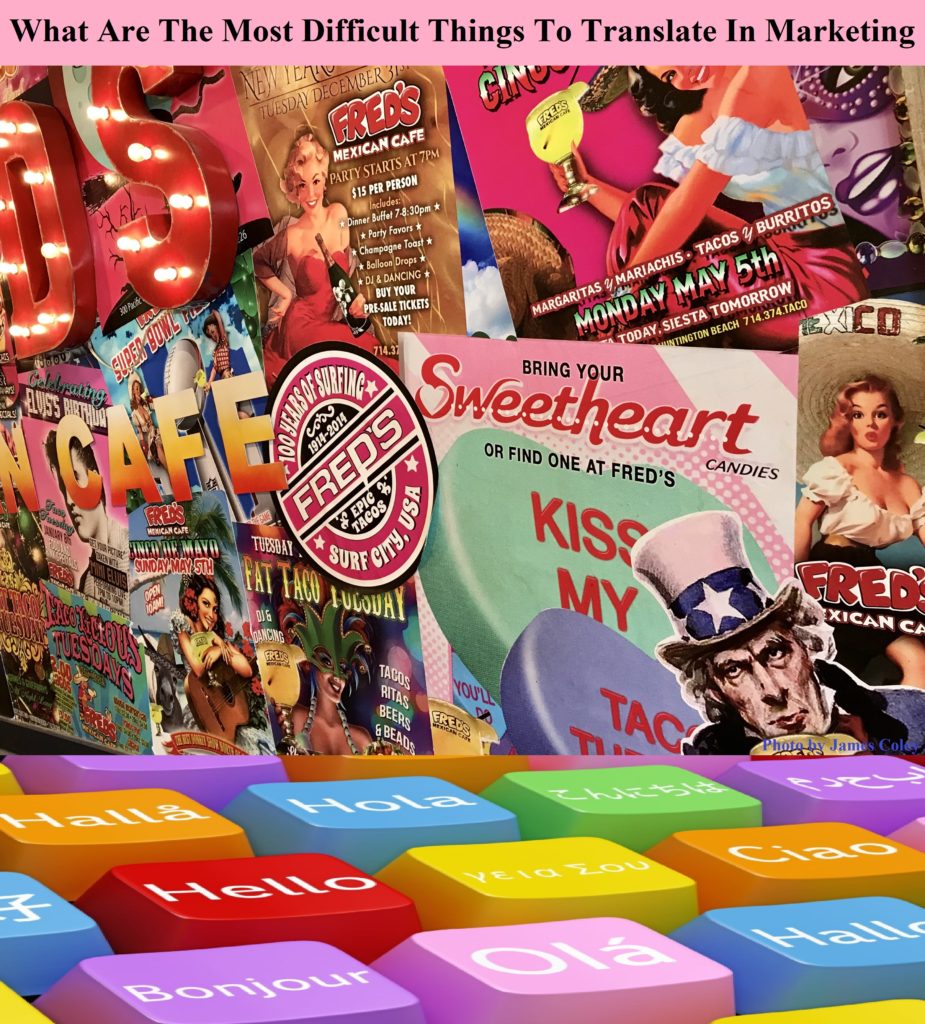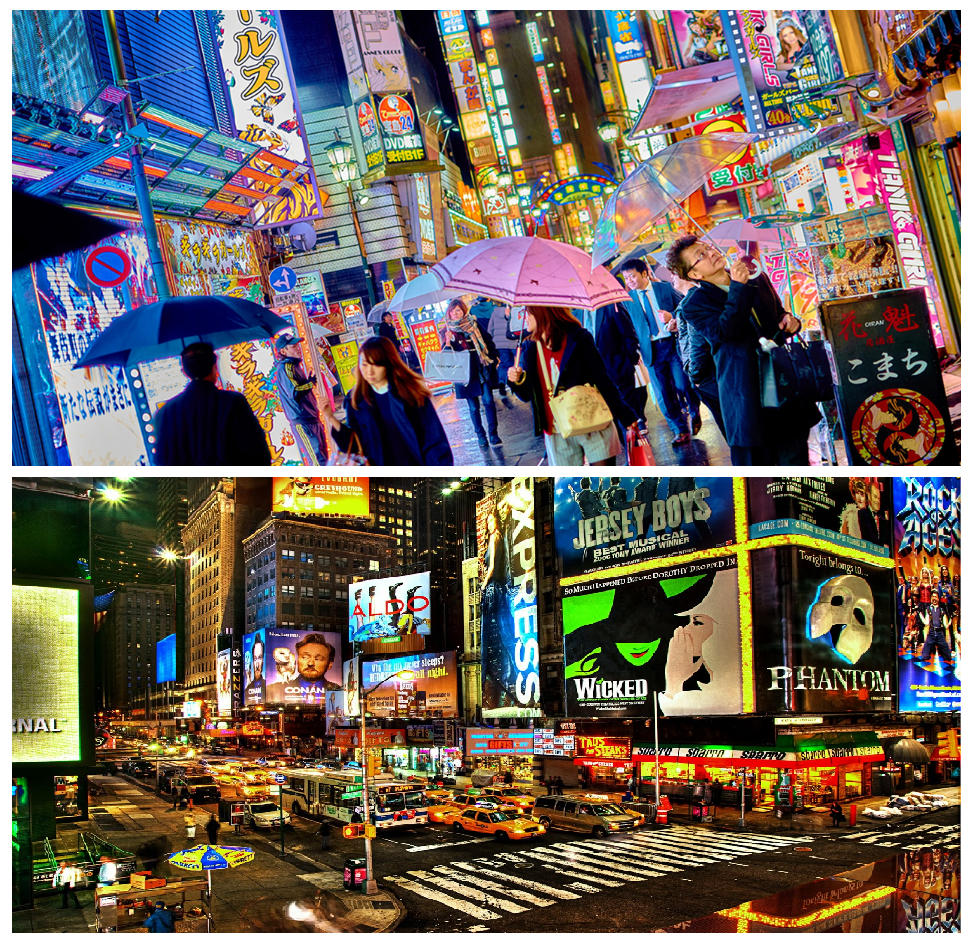
Businesses that operate globally use translation services to convey their internal and external messages into different languages and cultures. Literal translations cause messages to get lost and create confusion. Translating simple business communications is easy – Right? For example, if a company has a concern for fire safety, the evacuation procedures should not be difficult to convey. The concept that fire is bad, people should evacuate, and calling emergency services seems basic. However, the old saying that a picture is worth a thousand words could not be truer than when looking for that familiar exit sign during an emergency.
However, what if this image is also foreign to the viewer? The literal translation for Kentucky Fried Chicken’s slogan “It’s finger lickin’ good” from English to Chinese is “Eat your fingers off.” The letters KFC and the iconic American image of Colonel Sanders mean nothing to others that have never seen them before – Both are literally, “lost in translation.” Nonetheless, images do help convey messages and play critical roles in marketing and branding – “Marketing is what you do and Branding is who you are” ~ The Tronvig Group

Images help with brand imaging, which is how customers recognize and identify brands. Essentially, brand imaging is how customers view a brand. If the image is great, that alone can create brand loyalty. For the most part, images are synonymous and help with understanding translations. Regardless of the spoken language, people across the world look up at the moon, point, and call it the moon in their native tongues. It does not matter if the moon is called luna, buwan, hilal, or tsuki because it remains unchanged. Nonetheless, when choosing images for marketing and branding, it is important to ensure the pictures are congruent with the culture and language. If you do not believe that to be true, look at the two images below and ponder how they are similar and different at the same time. �

While both pictures are of busy cities with a plethora of advertising, chances are that you might have felt a little lost and confused by the messages in one of the cities. The images help with identifying the meaning behind the advertising. The first picture advertises the movie “Tank Girl” but also has an advertisement for “Girls”, which would definitely cause confusion if the consumer only understands basic terms – In this case the pictures keep mistakes from happening.

6 Responses to Lost in Translation